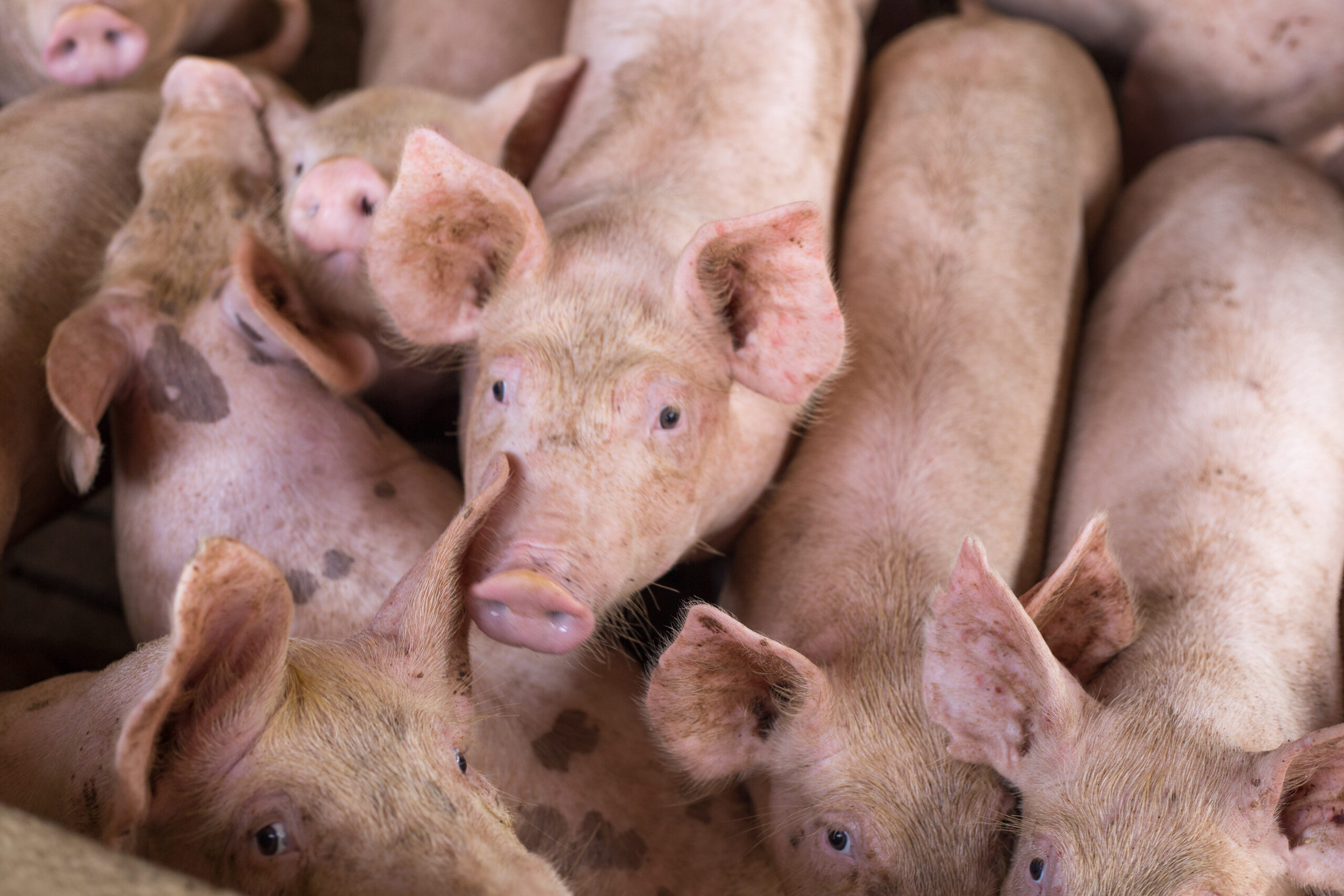Post-mortem samples can provide value for disease diagnosis
Most post-weaning sampling relies on oral fluid samples since jugular venipuncture can be time-consuming and requires skilled personnel. Assessing whether easy to collect post-mortem samples can provide value for diagnosis and monitoring in the post-weaning stages is necessary as this methodology can be adopted by industry when resources are scarce, even though they are not the gold standard specimen.
Those samples are:
- Tongue tip fluid (TTF),
- Intracardiac blood (IC),
- Oral/nasal swabs (ONS),
- Rectal swabs (RS),
- Superficial inguinal lymph nodes (SILN)
The objectives of a study by C.M. Melini and colleagues at the University of Minnesota were:
1) Assess the sensitivity and specificity of TTF, ONS, and SILN in growing pigs when compared to IC, in presence of porcine reproductive and respiratory syndrome virus (PRRSV),
2) Describe detection of porcine circovirus type 2 and 3 (PCV-2, PCV-3), porcine parvovirus type 1 and 2 (PPV-1, PPV-2), Lawsonia intracellularis (Li), and Influenza A virus (IAV), through RT-PCR of collected post-mortem samples (e.g., TTF, ONS, RS, SILN). The results of the study were presented at the 2024 North American PRRS Symposium.
One wean-to-finish farm group of pigs undergoing a PRRS outbreak was sampled when animals were 5 weeks of age (WOA) and 11 WOA. A second group of growing pigs undergoing a similar health challenge was sampled at the grow-finish farm at 15 WOA at a different location. During each sampling event, 30 dead pigs were included in the study for a total sample of 90 pigs.
Besides TTF, the other collected post-mortem specimens were IC (for PRRSV), ONS (for IAV and PRRSV), RS (for PPV and Li), SILN (for PCV and PRRSV), all samples were tested individually through RT-PCR. The sensitivity (Se), specificity (Sp), positive predictive value (PPV), and negative predictive value (NPV) were calculated for PRRSV. Proportion of RT-PCR positive results from sample types tested for other pathogens were compared by descriptive statistics.
All pathogens were detected at least once in TTF with Ct values ranging from 11.6 to 39.8. PRRSV, PCV2/PCV3, PPV1/PPV2, Li, and IAV were detected in 96%, 22%, 49%, 6%, and 38% of the TTF samples, respectively.
For PPRSV the best results for all sample type comparison were at 11 WOA: TTF had Se=84%, Sp=9%, PPV=62%, NPV=25%, ONS had Se=74%, Sp=73%, PPV=82%, NPV=62%, and SILN had Se=100%, Sp=9%, PPV=66%, NPV=100%. PCV2/PCV3 was detected in 6% of SILN samples. PPV1/PPV2 was detected in 31% of the RS samples. Li was detected in 0% of the RS samples. IAV was detected in 38% of the ONS samples.
Different pathogens were detected using TTF samples at three different ages during the growth and finishing phases of the pigs, as well as in other sample types such as ONS, RS, SILN, and IC. Detection can vary according to the assessed pathogen and the age of the pigs. However, the overall diagnostic performance of the specimens used still requires further investigation. Indeed, complete and exhaustive collection of multiple clinical specimens from different body systems remains the standard in diagnostic investigations.
